#spotted lady beetle
Text
picture of a bug i found
lady bug :)

#ladybug#lady beetle#spotted lady beetle#bug#i love bugs#bugs#insects#goth#emo#alternative#grunge#outdoors#plant#queer#gay#autistic#autism
6 notes
·
View notes
Text

Seven Spotted Lady Beetle I saw at the campground
#artists on tumblr#original photographers#original photography#pacific northwest#nature#washington#pnw#nikon#orofeaiel#seven spotted lady beetle#bugs#goblincore#naturecore#macro photography#vertical#cottagecore#summer#spring#aesthetic
182 notes
·
View notes
Photo
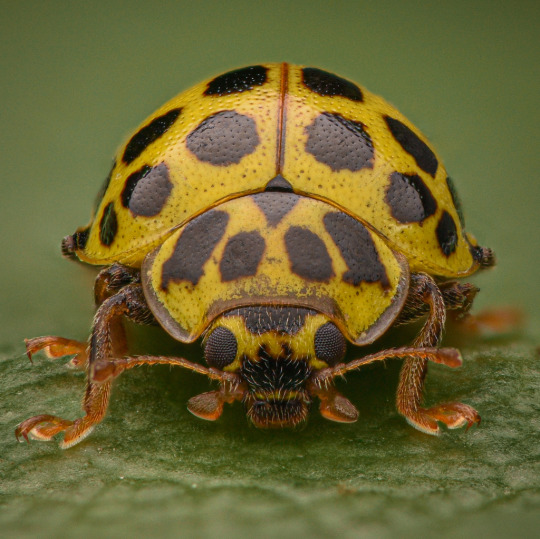
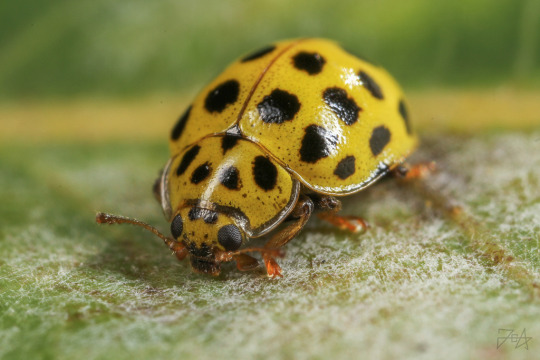


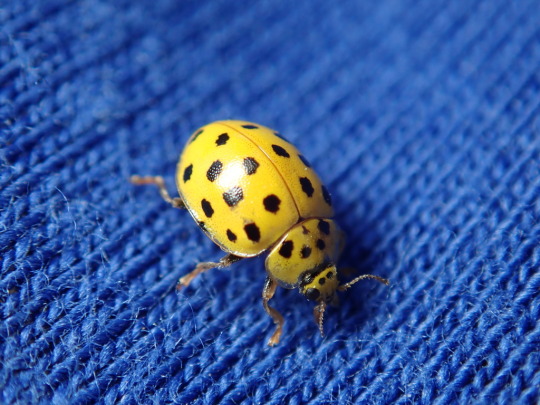


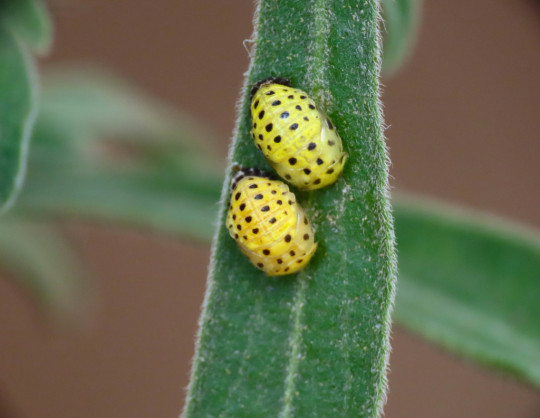
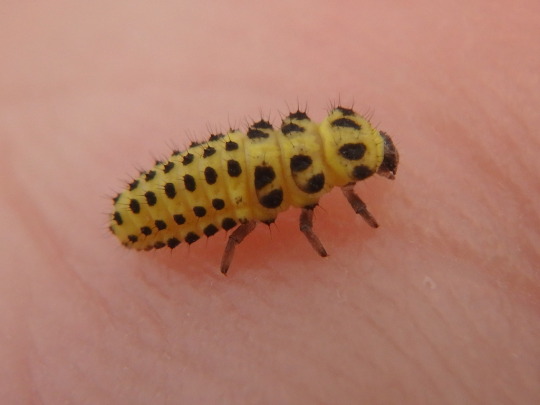
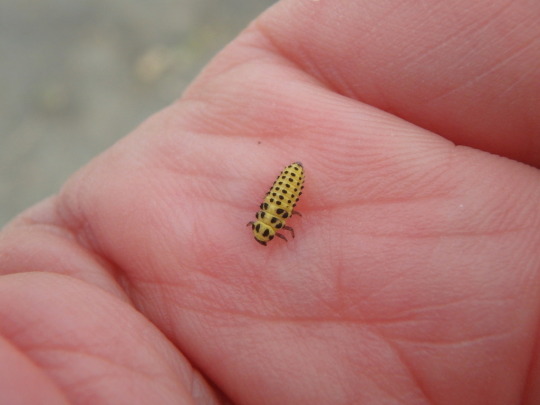
22-spot ladybird, Psyllobora vigintiduopunctata, Coccinellidae
Found throughout Europe
Photo 1 by rasmuscool99, 2 by azph, 3 by tivanik, 4 by berzou, 5 by denis_m, 6 by nakarb, 7 by claudekolwelter, 8 (pupae) by esant, and 9-10 (larva) by krylenkosl
#animals#curators on tumblr#insects#bugs#beetle#ladybug#lady beetle#ladybird#22 spot ladybird#larva#pupa#one nice bug#really excellent that they are yellow and spotty in every life stage
983 notes
·
View notes
Text







👒 🐞❤️💚
Seven-spotted lady beetle (Coccinella septempunctata)
#photographers on tumblr#my photography#original photographers#lensblr#photography#insect photography#wildlife photography#macro photography#nature photography#nature#naturecore#insect#lady#beetle#ladybug#lady bird#ladybird#lady beetle#bugblr#entomology#dark spots#may 14 2024#noai#no ai#no to generative ai
80 notes
·
View notes
Text
BUGS i saw at the CORN MAZE in south central WISCONSIN


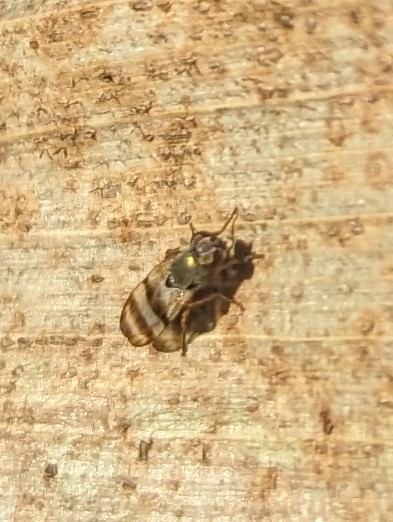

in order: some type of North American Spur-throated Grasshopper (genus Melanoplus), Coleomegilla maculata (commonly known as the pink spotted lady beetle), some type of banded-wing fly (genus Chaetopsis), and Diabrotica virgifera virgifera (Western corn rootworm).
10.21.2023
#bugs#bugblr#insects#insect#bug#entomology#oc#grasshopper#pink spotted lady beetle#ladybug#fly#flies#diptera#coleoptera#leaf beetles#orthoptera
87 notes
·
View notes
Text

SHORT CUP OF WATER
NO ICE
NO WATER
BUG
...
The BUG in question is Coleomegilla maculata, the pink spotted lady beetle, and is native to North America.
#bugs#bugblr#insect#insects#entomology#bug#bug art#id in alt#insect art#beetle#pink spotted lady beetle#lady beetle#ladybug#🐞
566 notes
·
View notes
Text
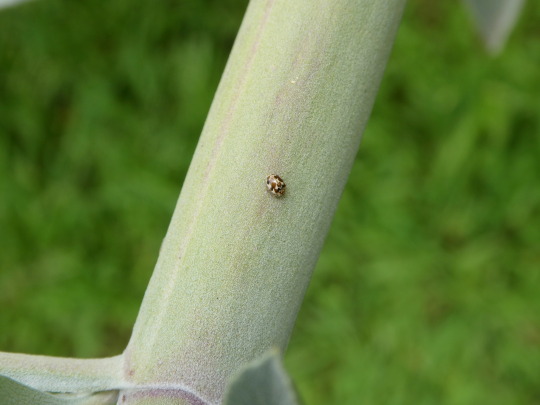

found my favorite ladybug 🥺
23 notes
·
View notes
Text

Seven-spotted Lady Beetle
The Seven-spotted Lady Beetle was first introduced into the US from Europe in the 1950s to control aphids. It is now established and can be found across much of the United States as well as Canada.
136 notes
·
View notes
Text
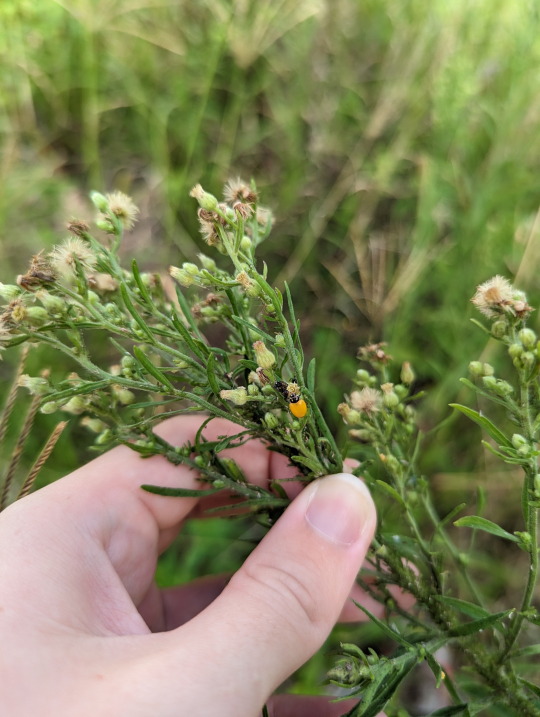

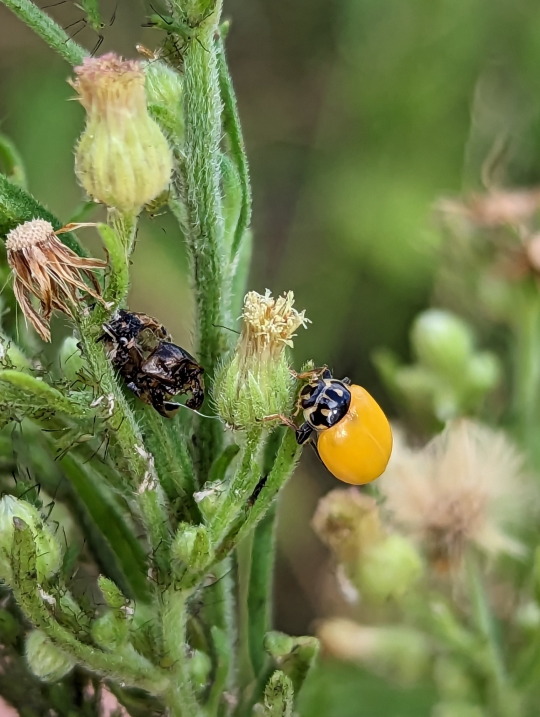
Freshly-Hatched Amber Ladybug
Hippodamia variegata
24/03/23 - NSW, Dapto
#invertebrates#invertblr#Arthropods#Arthropoda#bugs tw#insects#insect#insecta#insectblr#insects tw#bugs#bugblr#bug#entomology#Hippodamia variegata#Spotted Amber Ladybird Beetle#beetles#Coccinellidae#Lady Beetles#Coleoptera
50 notes
·
View notes
Text
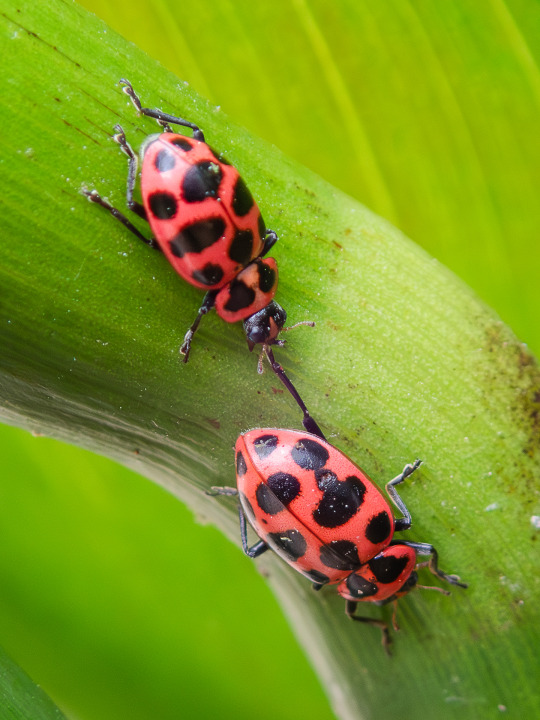
Scientific Name: Coleomegilla maculata
Common Name(s): Spotted pink lady beetle
Family: Coccinellidae (lady beetle)
Life Stage(s): Adult
Location: Plano, Texas
Season(s): Summer
#Coleomegilla maculata#spotted pink lady beetle#Coccinellidae#Plano#Texas#summer#red#lady beetle#beetle#Coleoptera#insect#bugblr
12 notes
·
View notes
Text


A friend with a built-in smiley face joined me for coffee at the park today.
23 notes
·
View notes
Text

!!! asian lady beetle my beloved ♡
2 notes
·
View notes
Text


Pink spotted lady beetle (Coleomegilla maculata) patrolling a sunflower field in Pennsylvania.
Like many lady beetles, both adults and larvae are voracious predators of aphids. They’re nice little friends to have around your garden :-)
#Coleomegilla maculata#pink spotted lady beetle#lady beetle#ladybug#bugs#nature#nature photography#biodiversity#animals#inaturalist#arthropods#entomology#insect appreciation#insects#beetles#coleoptera#bugblr#garden friends#pest control#biological control#summertime#vicious predator#aphid control#no more aphids#nom nom nom
5 notes
·
View notes
Text
@enabi-seira submitted: On my way to a place I had two options: wait for the bus 15 minutes in a weird spring weather, or walk those 15 minutes.
I took the walk and look what I've found!


Those are just two of the at least 6 ladybugs I've seen, among a massive ant, some butterflies, so many aphids some plants were black, birds chirping and at least 30 different flowers o_o
My nose tells me I'm having a mild allergy reaction (already taken care of, dw) but it was soo worthy.
Two very lovely seven-spotted ladybugs! Whenever possible, it's always nice to take a walk and find some little friends :)
#animals#insects#bugs#submission#beetle#ladybug#lady beetle#seven spotted lady beetle#seven spotted ladybug
87 notes
·
View notes
Text





Lovely Heart Lady ♥
Multicolored asian lady beetle (Harmonia axyridis)
#photographers on tumblr#my photography#original photographers#lensblr#photography#insect photography#wildlife photography#macro photography#nature photography#nature#naturecore#insect#beetle#ladybug#lady bird#ladybird#lady beetle#bugblr#entomology#heart shaped#dark spots#may 27 2024#i sus that they're created by someone#noai#no ai#no to generative ai
32 notes
·
View notes
Text

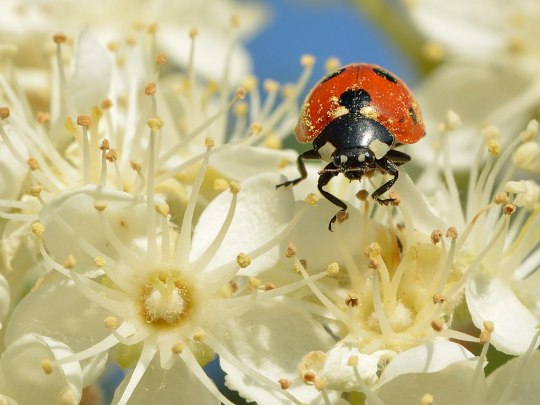
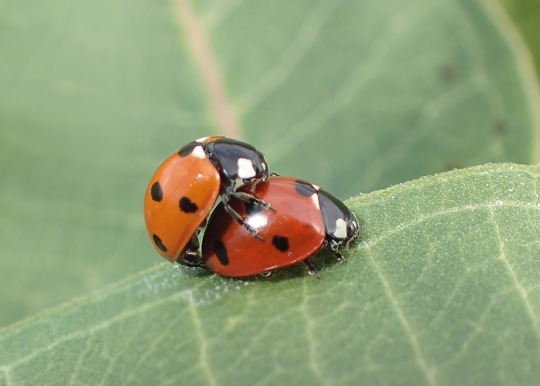


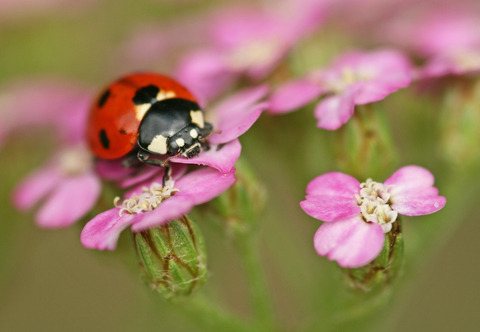

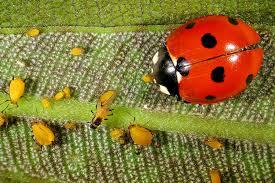

Coccinella septempunctata more commonly known as the seven-spot ladybird, seven-spotted ladybug, or C-7 beetle, is a species of ladybug which was originally endemic to mainland Europe and the middle east but thanks to humans and the spread of agriculture it can now be found all throughout North America, mainland Africa, mainland Asia, Australia, Japan, Indonesia, Madagascar, Cypress, Malta, Sri Lanka, and New Zealand. Here they dwell in a range of habitats including grasslands, meadows, steppe, gardens, forests, parks, marshes, and agricultural fields. Although both seven spot ladybug larvae and adults mainly eat aphids, pollen, and nectar, when aphids are not available these ladybugs are known feed upon other insects such as thrips, white flies, jumping plant lice, leafhoppers, and on the eggs of some beetles and butterflies. Reaching around .3 -.5 inches (7.6- 12.7mm) in length, adult seven-spot ladybirds have round bodies with black heads and abdomens and red thoraxs while the larvae are brownish-grey in colour, with four pairs of bright orange splotches across their bodies. Their distinctive spots and conspicuous colours warn of their toxicity, making them unappealing to predators. The species can secrete a fluid from joints in their legs which gives them a foul taste. A threatened ladybird may both play dead and secrete the unappetizing substance to protect itself. The seven-spot ladybird synthesizes the toxic alkaloids, N-oxide coccinelline and its free base precoccinelline; depending on sex and diet, the spot size and coloration can provide some indication of how toxic the individual insect is to potential predators. Breeding occurs from spring to fall, with seven spots often mating with several partners per day. Females may lay a cluster of 10-30 eggs on aphid-rich vegetation immediately, or, in fall, may store sperm and lay eggs in spring so their larvae have a more robust food supply. Eggs hatch after around 10 days as larvae eat and grow for another 21-30 days before entering the pupal stage, which lasts seven to 15 days. Adults overwinter in a state of diapause (dormancy) in leaf litter, dense vegetation, under tree bark, and in other sheltered spots. Ladybugs are unusual among insects with complete metamorphosis (egg-larva-pupa-adult) because both the larvae and the adults occupy the same spaces and eat the same thing. Under ideal conditions a seven spot ladybug may live upwards of a year.
#pleistocene#pleistocene pride#pliestocene pride#pliestocene#ice age#cenozoic#bug#bugs#ladybug#lady#ladybird#seven spotted ladybug#seven spotted lady beetle#beetle
9 notes
·
View notes